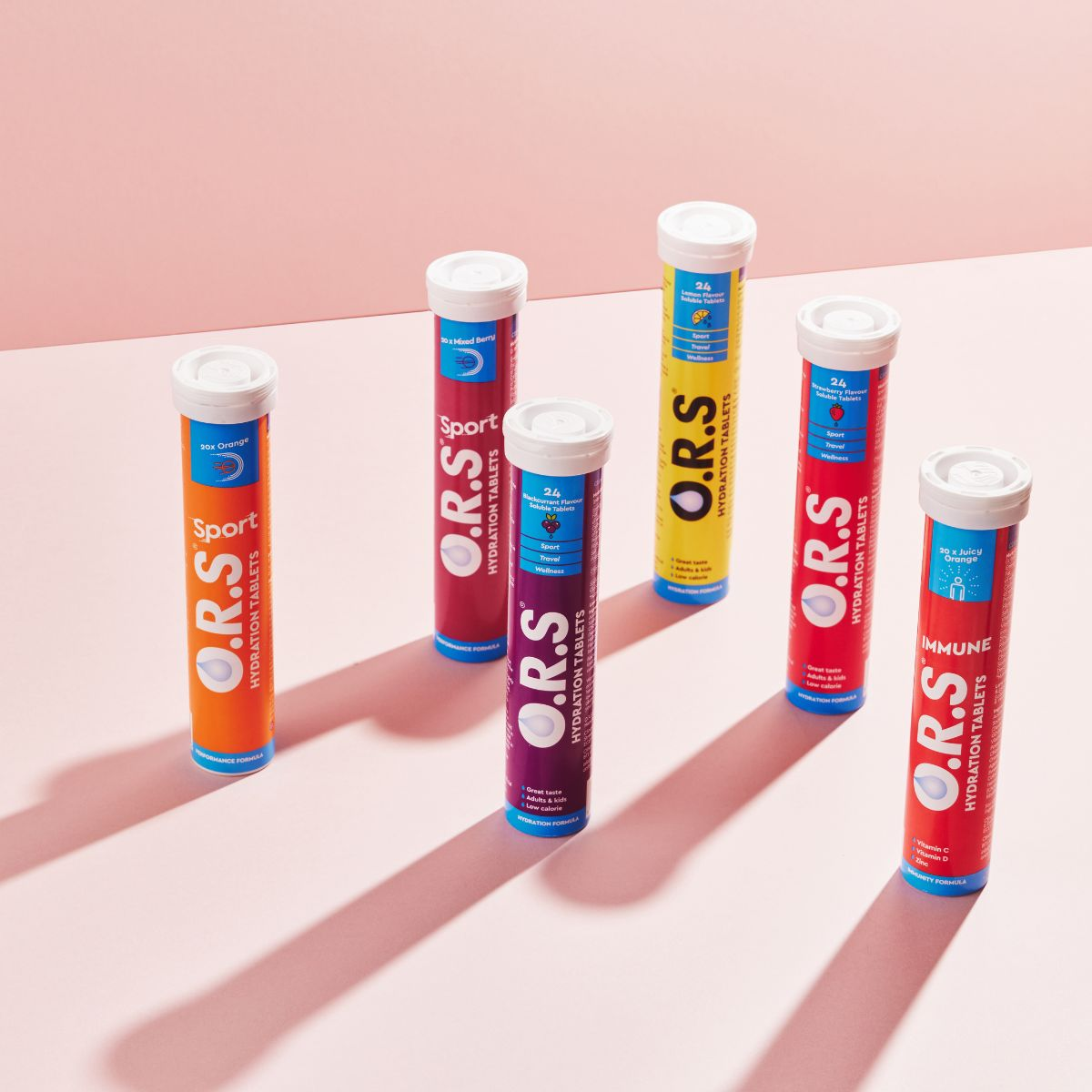
How One Man’s Purposeful Dehydration Experiment Went Wrong
Share
It almost goes without saying that proper hydration is an absolute requirement for any athlete to be at their best in a sporting event, and both competitors and their teams will find the best ways to ensure that their body keeps all of the water and electrolytes they need in their body.
It almost does not need to be said that dehydration is extremely bad for the body. At best it can affect concentration, be uncomfortable and affect performance, but extreme levels of dehydration can cause fatigue, blackouts, deliriousness, organ failure and potentially death.
There has been a lot of research detailing the effects of dehydration on the body, but this did not stop an athletics official and organiser of an Olympic-level event from experimenting with the concept of “purposeful dehydration”, risking the lives of dozens of runners in the process.
Experiment Rather Than Marathon
The late James Edward Sullivan was a founder of the United States Amateur Athletic Union, who through his high-ranking roles from 1889 until his death in 1914 proved to be influential to the burgeoning Olympic movement.
He was one of the chief organisers of the 1904 Olympic Games in St Louis, Missouri, often considered to be the worst Olympic Games in history and a blemish on the IOC during its early years.
Many of the issues are beyond the scope of hydration, but Mr Sullivan was responsible for organising the Marathon event, widely considered to be the single worst and single weirdest event in the history of the Games.
There were a lot of problems with the course, from primarily taking place on dirt roads with cars driving by, kicking up dust for the runners to inhale, to taking place without any shade with an average temperature of as high as 40 degrees Celsius.
Given that people tend to start dropping out of marathons due to health concerns at temperatures above 10 degrees Celsius, this was quadruple the temperature and dangerous to be exposed to even if you are not running 24.85 miles (before the standard distance of 26.2 miles was formalised).
He used it as an experiment to test the theory of “purposeful dehydration”, which meant that, rather than having regular water stations at least every two miles on both sides of the running course, there was just a single well at the 12-mile mark, roughly half of the distance.
The belief at the time was that drinking water would hurt performance by upsetting the stomach, an observation with little supporting evidence but a field of study alarmingly common in sports science at the time.
What made this worse was that it increased the number of pace cars on the dusty roads, as doctors would check on the effects of dehydration but not actually help any of the participants.
One participant, William Garcia, was blinded and choked on this dust, ultimately ending up in the hospital because the dust combined with dehydration wore down the membrane in his stomach, causing internal bleeding that required life-saving surgery to correct.
The one water source that was available was a ground well, which meant that any participants not from St Louis were not accustomed to the potential bacteria in the water, which caused intestinal issues and arguably made any dehydration problems far worse.
Coaches were either encouraged or convinced to continue the experiment of purposeful dehydration, instead providing a bizarre concoction of egg whites, brandy and sulphate of strychnine, a rat poison banned by the IOC as a terrible performance-enhancing stimulant.
The entire race was a farce caused by dehydration; the initial winner was named as Fred Lorz, but he pulled out of the race due to dehydration-induced stomach cramps and got into a passing car before feeling better and finishing the race. Eventually, he was disqualified for blatant cheating.
After the event, the athletic community was utterly scathing in its appraisal of the race, the Olympic Games as a whole and James Sullivan personally, describing the marathon as a “man-killing event”.
The winner of the race is one of the slowest marathon finishers in Olympic history despite running a shorter distance, and the event itself was nearly banned outright for being too dangerous.
Thankfully, the next race was in London, with a much more amenable climate for distance running and far less surreal experimentation. The winning time was nearly 40 minutes faster than in 1904 and the race itself was described as the “race of the century”, spurring a revitalisation of distance running.







